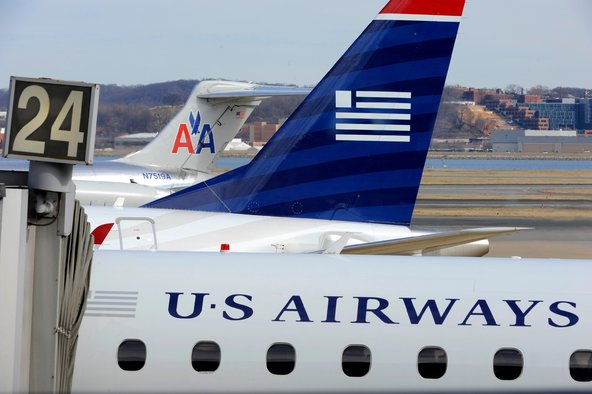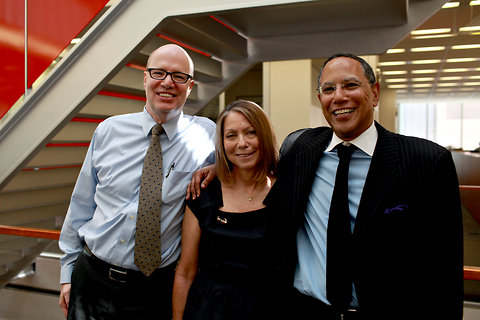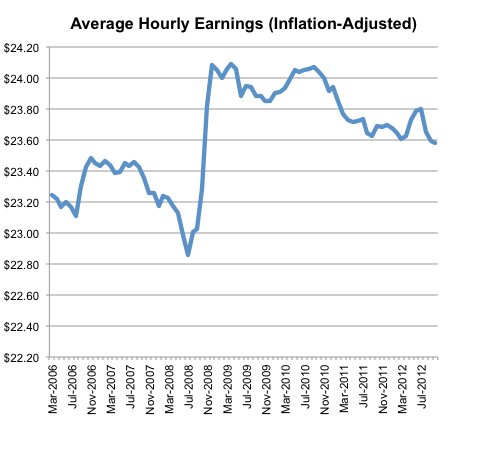At the age of 30, she still has the sign, which is framed on her desk at the Caring Hearts Animal Clinic in Gilbert, Ariz., where she works as a vet. She also has $312,000 in student loans, courtesy of Ross University School of Veterinary Medicine, on the Caribbean island of St. Kitts. Or rather, $312,000 was what she owed the last time she could bring herself to log into the Sallie Mae account that tracks the ever-growing balance.
“It makes me sick, watching it increase,” she says. “There’s also the stress of how am I going to save for retirement when I have this bear to pay off.”
They don’t teach much at veterinary school about bears, particularly the figurative kind, although debt as large and scary as any grizzly shadows most vet school grads, usually for decades. Nor is there much in the curriculum about the prospects for graduates or the current state of the profession. Neither, say many professors and doctors, looks very promising. The problem is a boom in supply (that is, vets) and a decline in demand (namely, veterinary services). Class sizes have been rising at nearly every school, in some cases by as much as 20 percent in recent years. And the cost of vet school has far outpaced the rate of inflation. It has risen to a median of $63,000 a year for out-of-state tuition, fees and living expenses, according to the Association of American Veterinary Medical Colleges, up 35 percent in the last decade.
This would seem less alarming if vets made more money. But starting salaries have sunk by about 13 percent during the same 10-year period, in inflation-adjusted terms, to $45,575 a year, according to the American Veterinary Medical Association. America may be pet-crazed and filled with people eager to buy expensive fetch toys and heated cat beds. But the total population of pets is going down, along with the sums that owners are willing to spend on the health care of their animals, one of the lesser-known casualties of the recession.
Today, the ratio of debt to income for the average new vet is roughly double that of M.D.’s, according to Malcolm Getz, an economist at Vanderbilt University. To practitioners in the field, such numbers are ominous, and they portend lean times for new graduates.
“We’re calling for more bodies coming through the veterinary educational pipeline at higher and higher cost at the very point in time that we need fewer and fewer,” says Dr. Eden Myers, a vet in Mount Sterling, Ky., who runs the Web site JustVetData, where she crunches numbers about the profession. “And they are going to get paid less and less.”
For years, the veterinary medical association contended that the United States needed more vets, not fewer, especially in rural areas. To support this view, in 2007, the organization helped underwrite a study, hoping to bolster a call for government assistance to help meet a putative shortfall of 15,000 vets by 2024.
The results, released last year, came to a strikingly different conclusion. Titled “Assessing the Current and Future Workforce Needs in Veterinary Medicine” and conducted under the auspices of the National Academy of Sciences, the study found little evidence of vet shortages. It also concluded that “the cost of veterinary education is at a crisis point.”
The current president of the veterinary medical association, Dr. Douglas G. Aspros, isn’t talking about unmet needs. Instead, he sounds like a man ready to rethink many of the premises his organization has long espoused.
“It’s not a sustainable model,” he says of vet school economics. “For the long-term success and health of the veterinary practice, we’ve got to look at every end of it.”
That is a common sentiment among working vets, many of whom say the job market is the worst they have seen. But the deans of many vet schools see growth and opportunities, and one of them is Dr. Elaine Watson of Ross, the only profit-making vet school accredited by the veterinary medical association. Some vets and professors say the school, which is owned by DeVry Inc., a publicly traded educational company based in New Jersey, is a vivid example of all that has gone haywire for aspiring doctors of veterinary medicine, or D.V.M.’s, as they are known.
Article source: http://www.nytimes.com/2013/02/24/business/high-debt-and-falling-demand-trap-new-veterinarians.html?partner=rss&emc=rss



